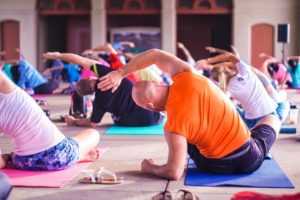Elbow Injury Rehab Center

Elbow Injury
Types of Elbow Injury
- Biceps/Triceps tendon injuries
- Elbow bursitis
- Elbow Ligament/Tommy John Injuries
- Golfer’s Elbow (Medial Epicondylitis)
- Tennis Elbow (Lateral Epicondylitis)
- Elbow cartilage injuries
- Ulnar Nerve/Cubital Tunnel

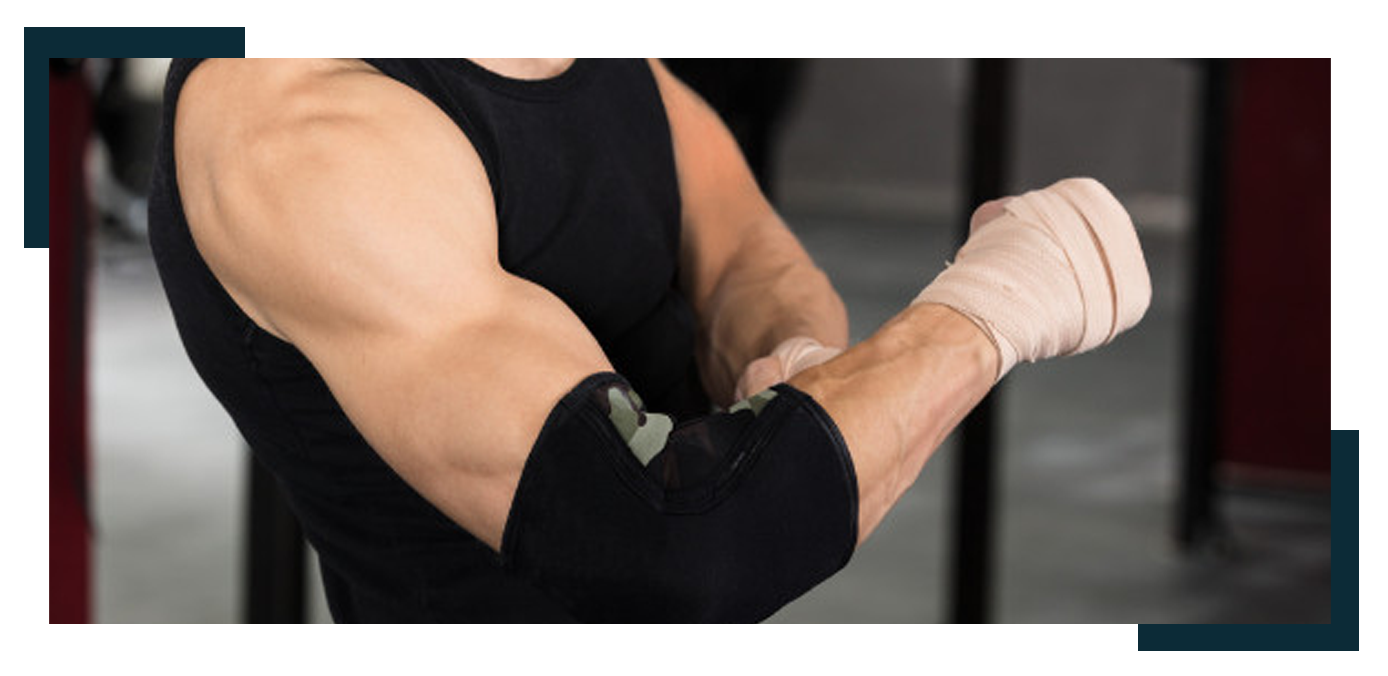
Biceps/Triceps Tendon Injuries
What are the Symptoms?
- Hearing or experiencing a pop sensation on the elbow
- Inability to extend the arm/elbow leading to pain
- Swelling or bruising
- Weakness
- Visible arm deformity as the muscle detracts from the elbow
- Muscle cramp
Causes
- Sports
- Aggressive fitness activities
- Forceful lifting
- Sudden activities
- Manual Labor
Treatment and Management
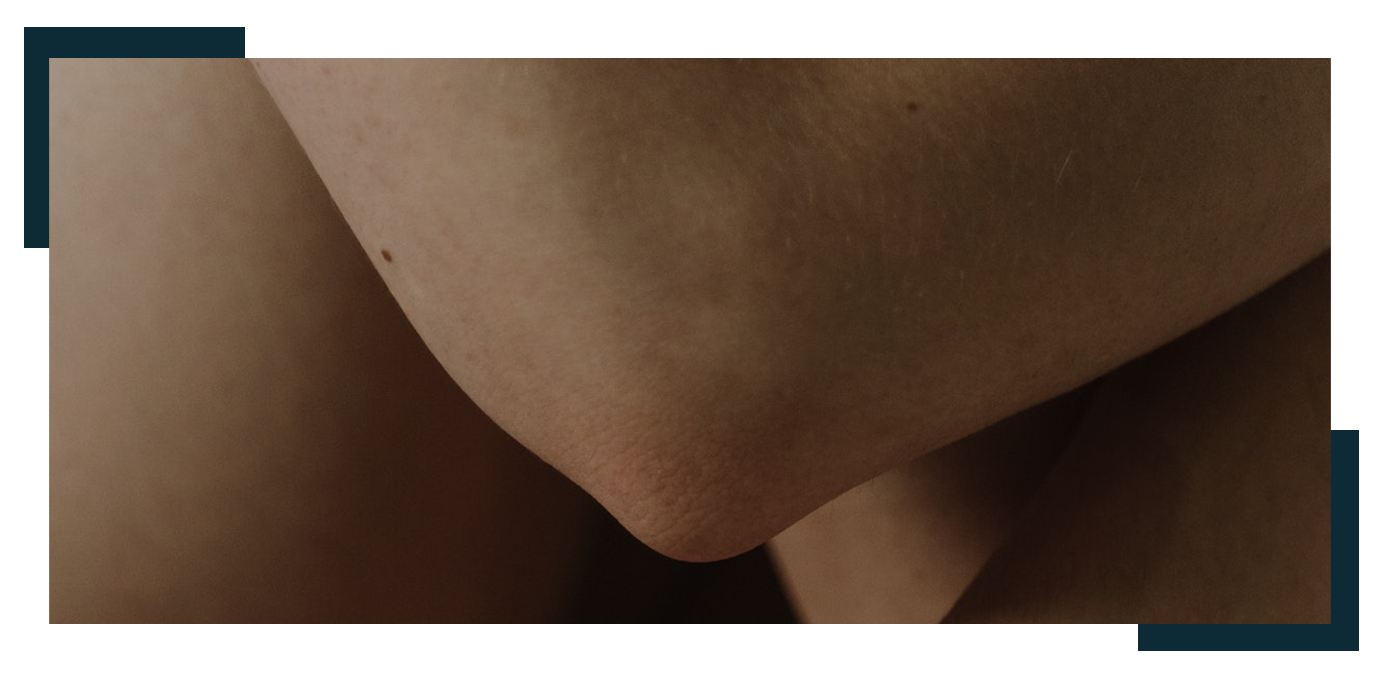
Elbow Bursitis
Causes of Elbow Bursitis
- Trauma when a hard blow to the bursa leads to an accumulation of fluid and swelling.
- Infection can lead to the development of pus in the bursa
- Prolonged pressure, such as leaning on hard surfaces on the elbow tip, can cause swelling of the bursa.
- Medical conditions such as rheumatoid arthritis
Symptoms
- Swelling
- Pain
- Redness on the elbow
Treatment and Management
Patient Wellbeing is Our Primary Concern
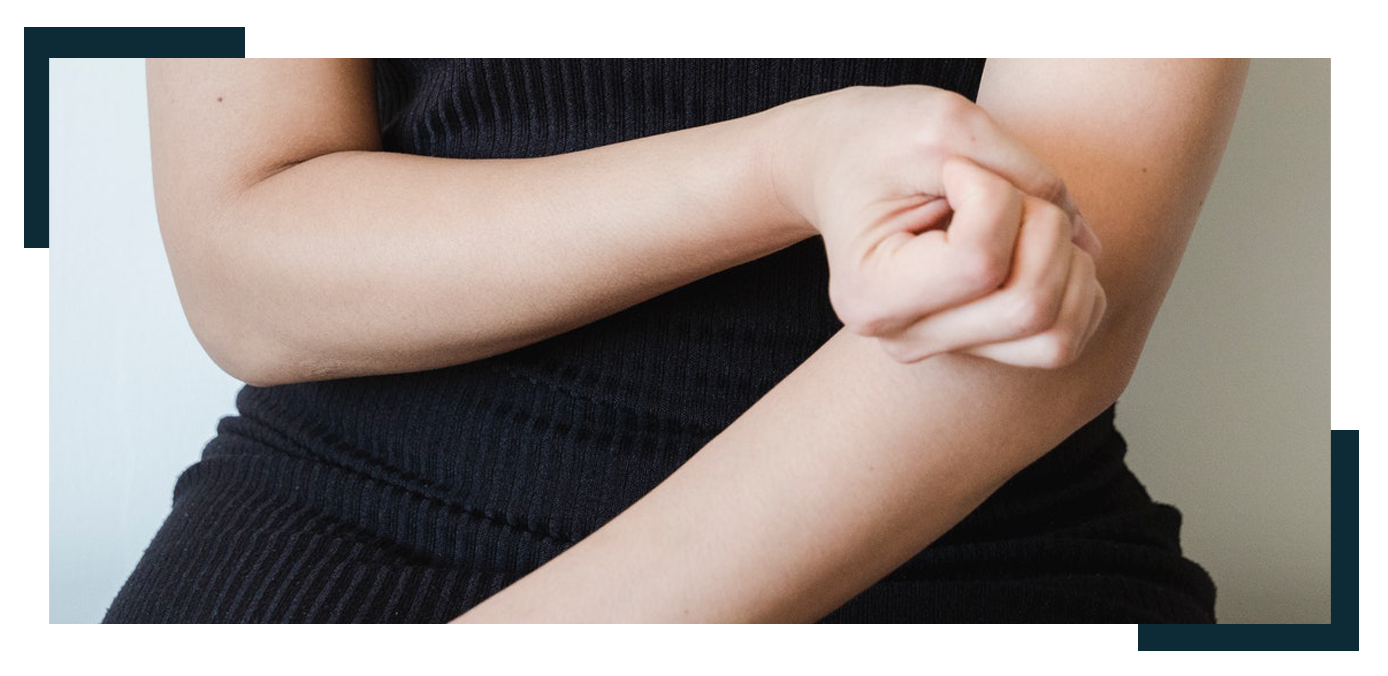
Elbow Cartilage Injuries
Symptoms
- Elbow pain
- A grinding sound or sensation
- Decreased range of motion
- Swelling
- Locking, clicking, or catching of the elbow as you try to straighten or bend it
Causes
- A fall or accident or any other traumatic injury
- Repetitive lifting or loading with the elbow joint
- Repetitive overuse
Treatment and Management
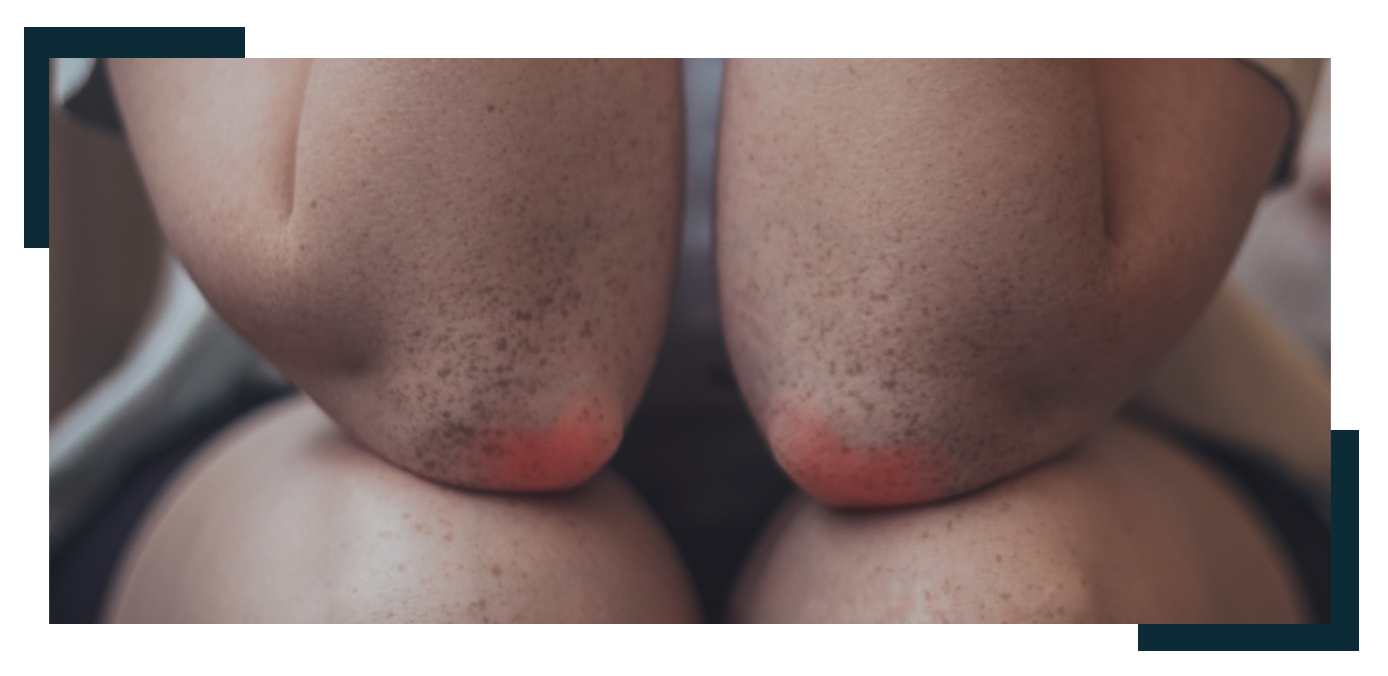
Elbow Ligament / Tommy John Injuries
What Causes UCL Injury?
- Repetitive overhead movement and throwing
- Falling and landing on your arm
- An outside force on the arm causing it to collapse inward
What are the Symptoms?
- Pain inside the medial part of the elbow
- A decline in elbow motion
- A popping sound or sensation
- Unable to throw objects
- A decrease in control, velocity, and stamina
Treatment and Management
Golfer’s Elbow (Medial Epicondylitis)
Symptoms
- Pain in your elbow
- Wrist and hand weakness
- Numbness or tingling sensation in the fingers
- Difficulties with elbow movement
Treatment and Management
Tennis Elbow (Lateral Epicondylitis)
Management and Treatment

Ulnar Nerve/Cubital Tunnel
Symptoms
- Tingling and numbness in the little and the ring fingers
- Falling asleep feeling in the ring or little finger, especially when the elbow is bent
- Grip weakening and finger coordination difficulty
- Muscle wasting in the hand when compression has happened for a long time
Treatment and Management
Elbow Physical Therapy Exercises
- Hands-on Therapy for joint mobilization and improving flexibility
- Dry needling
- Hydrotherapy
- Massage
- Taping, splinting, or braces
- Heat or ice
Elbow Flexion
Elbow flexion refers to the ability to bend the elbow. When you want to improve the range of motion around the elbow, you can perform this exercise:
- Start from a standing position with the injured arm at your side.
- Then, bend the elbow up as far as you can and hold the wrist or forearm with the other hand as you gently apply pressure.
- Keep it in position for about 10 seconds and straighten the elbow to release the stretch.
- Repeat the exercise severally. Follow the advice from the physical therapists if you have a chronic injury to avoid injuring more structures.
Elbow and Forearm Pronation
When you pronate your forearm, you turn over your hand, and the palm faces the floor. Inability to do this can affect activities of daily living such as pouring coffee. This exercise is ideal for physical therapy for elbow pain. To do the exercises follow these steps.
- From a standing or sitting position, bend the elbow at 90 degrees and tuck it to the side.
- Then, turn your wrist and hand over as far as you can, reaching the opposite hand over the top of the forearm.
- Grab the wrist as you turn the injured arm further into a pronated state.
- Stay in that position for about 10 seconds as you apply pressure and release.
- Repeat the exercises about 10 times.
Forearm Supination
One of the elbow physical therapy exercises your PT will perform is turning over the elbow. Supination refers to turning over your wrist, leaving the hand facing up. It’s a movement occurring at the elbow and the wrist joints. When you want to build this ability to improve range of motion, the following exercise is ideal.
- Start from a sitting or standing position with your arm by your side and bend the elbow at about 90 degrees.
- Keeping the elbow by your side, turn the wrist and your hand over and keep the palm facing up.
- Use the other hand to reach under the forearm and grab the wrist gently to add pressure as you turn the arm further into supination. Once you feel the stretch, hold the position for about 10 seconds.
- Repeat the stretch 10 times.
Elbow Extension
When you injure the elbow, your ability to stretch out fully is affected. Your therapist can include this stretch as part of your physical therapy exercises for the tennis elbow to increase flexibility.
- While sitting on a chair, rest the elbow on a table. You can rest the upper arm on a folded towel or pillow for comfort.
- Fully straighten the elbow while applying pressure to the forearm.
- Keep the elbow stretched out as you increase the pressure and hold the position for 10 seconds.
- Release the stretch, allowing the elbow to bend a little.
- Repeat the exercise several times.
OneRehab
1761 International Pkwy Suite 135, Richardson, TX 75081, United States
Email Us
info@onerehab.com
Call Us
972 845 7875
Working Hours
M - F 7:00 AM – 7:00 PM
Sat 8:00 AM – 2:00 PM

